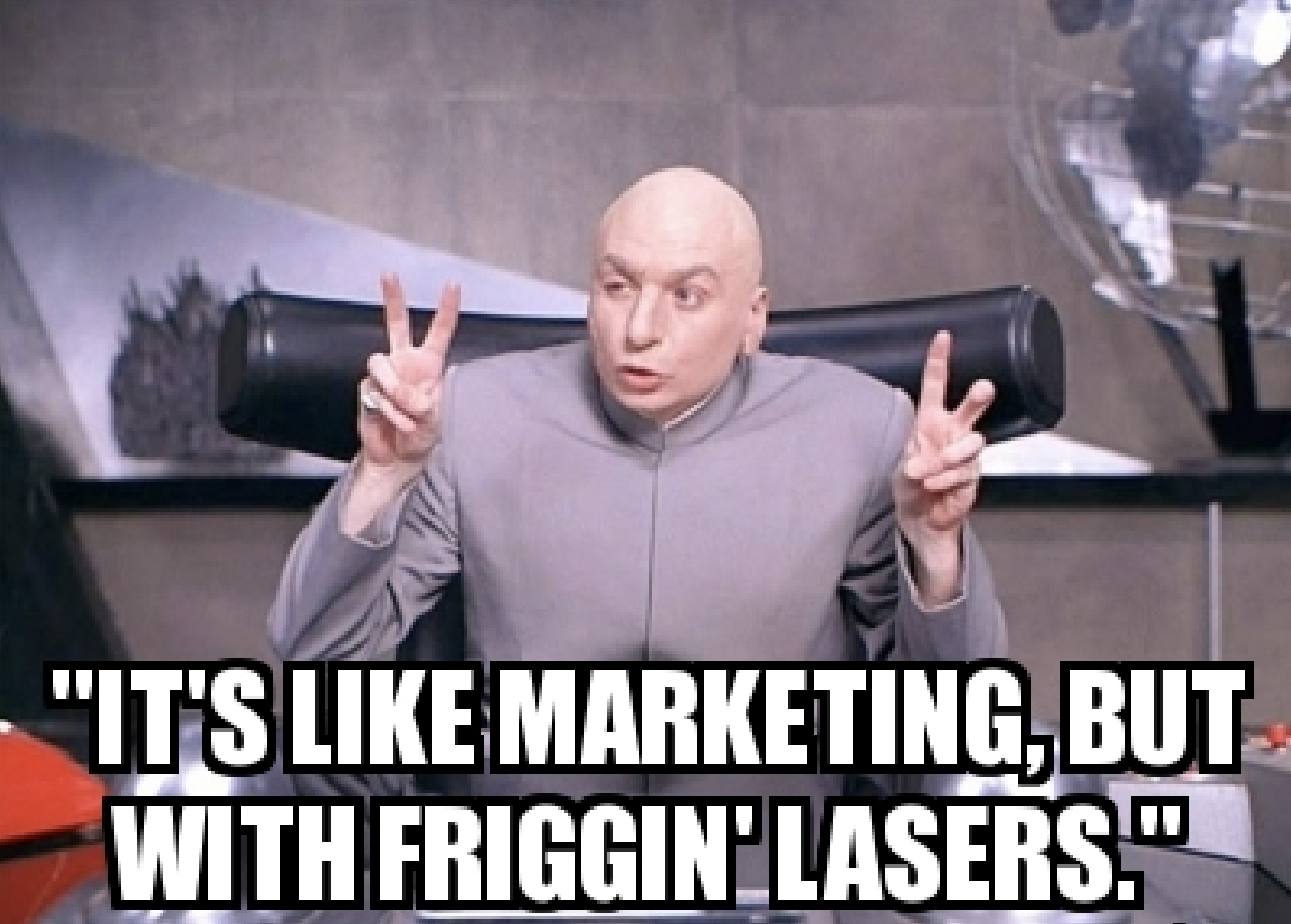Introduction
In recent years, the way people interact with each other online has changed a lot. The rise of web3 social communities led to more decentralized and community-driven networks. This has given users more control over their digital identity and content, leading to the creation of more collaborative and self-governing communities that prioritize members' needs.
However, brands still struggle to establish trust with consumers due to a lack of transparency. With an adjustment in the way brands approach both current and new customers, web3 solves this. The permissionless version of marketing includes decentralized advertising that gives both users and marketers more control, privacy, and transparency. It does this by bypassing shady data exchanges, which lets marketers manage their sales better and understand user activity in a more clear way. The most powerful aspect of this new dynamic is that now users carry with them the full value of their identity. A new level of composability is unlocked, now brands build around users.
In this article we’ll explore how decentralized communities are changing the face of marketing, mutating from web2 versions and having impact on both brands and users.
Let's dive in…
The evolution of communities
The internet has changed a lot since it first started. In the early days of web1, people just read and watched things without interacting much. Then web2 came along, which brought more interaction and user-generated content. Social media like Facebook and Twitter became really popular. But now we're moving into web3, where communities are more decentralized and put more emphasis on privacy, security, and giving users more control.
In web2, communities are usually centralized and controlled by a small group of people or companies, like the examples above. These platforms let users make their own stuff and talk to each other, but the people who run them get to choose the rules, how much things get shown, and how they make money.
In web2 communities, users are often the product, rather than the customer. Brands use these communities to advertise to users, collect information about them, and make money. While web2 can be good for brands, it's not always good for users who might feel taken advantage of and powerless. These power dynamics can lead to issues such as censorship, bias, and misinformation, which undermine the authenticity and value of the community.

When we look at web3 communities, users have more control over their data, privacy, and identities. Users can participate in governance, decision-making, and value creation. Instead of giving their personal information to a central authority, users can keep their information private and secure by holding their own private keys. This also allows users to interact with others in the community without revealing their identities if they choose not to.
In web3 information is open, traceable and carried by users, not brands.
These new communities can be thought of as public goods, where anyone can contribute and benefit from the collective efforts of the community. This creates a more inclusive and democratized environment, where anyone can participate, regardless of their background or status.
But greater security and robust incentives are not all…
One common problem of the web2 world is that, as a brand gets bigger, people who were part of the community from the beginning might feel left out. They might wonder why they should still be part of it and how they will be rewarded for their contributions. The people who get the most benefits are the ones who started the company and the ones who invested in it early on.
This seems fair because they took a big risk when the company was starting out, and they put in a lot of time and effort to get it to where it is now. However, this system can also be unfair because it takes value from the customers who are buying and using the product. People in the community are not just spending money, they are also contributing in other ways like helping other members or sharing their opinions. They may be spending a lot of time on this without getting much in return.
However in web3, the community is the core of any project. By using crypto and blockchain technology, these new communities offer a way for its members to invest and become owners of projects they believe in. This turns into a benefit for brands because they can, for example, raise capital internally from early users without needing intermediaries or complicated paperwork. Although investing has risks, community members can support projects with even small amounts of capital and benefit from their success.
A huge feature of web3 is the ability of projects to reward community members for their intangible contributions, such as sharing their time and supporting the project's goals. Web3 projects can offer roles, bounties, and rewards to early members based on their contributions, which helps retain community members and encourages engagement. This also allows projects to effectively leverage targeted experience from the community.
By empowering community members to create value, web3 projects can have a decentralized working style, with a focus on directing the community's diverse talent on strategic initiatives. In contrast, most web2 companies are centralized and rely on finding and hiring talent that belongs to the company.
We’ve now made clear that the core premise of web3 communities is to re-join the user with the data ownership, that’s a massive difference from web2 communities. This shift in the communities paradigm caused a shift in the marketing paradigm. Now brands are more incentivized to build around users and reward them. In the next section we’re going to take a look at the most composable version of marketing so far.
Unchained marketing
See what I did there…?

Ok sorry, moving on.
Permissionless, composable or web3 marketing is a cutting-edge approach to digital marketing that utilizes blockchain technology to create a more customer-focused and personalized UX based on on-chain activity. It is characterized by decentralization, which creates a more secure and transparent digital environment.
Because user data is on-chain, the risk of cyber-attacks drops significantly and it’s easier for businesses to track user activity, resulting in more effective marketing efforts. With comprehensive privacy controls, users can display which data is used for advertising and which advertisers are bidding for ads, creating a more open and privacy-focused approach to marketing.
Web3 is changing the way companies approach marketing and data management. In the past, web2 marketing focused on attracting customers through search engine optimization, social media, and content marketing. But now, web3 composability is enabling companies to read user data securely and transparently, which also prevents companies from selling said data.
As I mentioned before, the benefits of the decentralized version of marketing go beyond increased security. Brands are also realizing the importance of rewarding users for their participation in the community. When implemented effectively, this can drive greater engagement and usage of the product. This essentially changes the marketing formula, because now brands are slowly switching from utility to value.
In web2, users are often seen as a source of utility for brands. In web3, users are starting to get rewards from brands, rather than brands always getting utility from customers, that’s the new marketing. User rewards may come as tokens, NFTs, or access to exclusive content or services. These rewards can incentivize users to contribute to the community, and ultimately create value for everyone involved. Brands can also benefit from user rewards, as they can attract more loyal and engaged users, and create a positive feedback loop of value creation.

We are entering the time where brands understand that users want to be perceived and rewarded, and that’s the core feature of these new types of communities and marketing. Now customer acquisition will be successful ONLY IF the business gets to really value the user, healthy competitions based on user rewarding should be set between brands.
Conclusions
Web3 communities are revolutionizing the way we interact online, offering a more decentralized and user-centric approach. Unlike web2, where communities are often controlled by a few companies, web3 communities prioritize privacy, security, and user control over data and identity. This creates a more inclusive and democratized environment where users can participate in governance, decision-making, and value creation.
Moreover, web3 communities are the foundation for permissionless marketing, giving both users and marketers more control, privacy, and transparency. Additionally, web3 projects can reward community members for both their tangible and intangible contributions, such as sharing their time, supporting the project's goals and encouraging engagement.
By empowering community members to create value, web3 projects can have a decentralized working style, with a focus on directing the community's diverse talent on strategic initiatives. This new dynamic allows brands to build around users, creating a more collaborative and self-governing approach that prioritizes members needs. Web3 marketing also creates a more trustworthy relationship between brands and consumers, enabling brands to establish trust with consumers by prioritizing transparency and user control. But the most important part of this new composable marketing is that, in order to survive, brands must focus on rewarding users.
There are a lot of great illustrations that show how decentralized and open communities can drive permissionless and composable marketing. Basically any on-chain activity can have marketing built upon, so the previous is not true only for social web3, but for other verticals such as DeFi and gaming. Some cool protocols that are under this narrative (even if they don’t know it) are Phi, InCred, DegenScore, Otterspace, xHashtag and Cred Protocol.